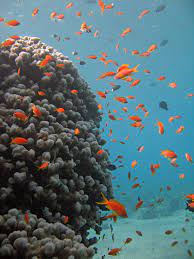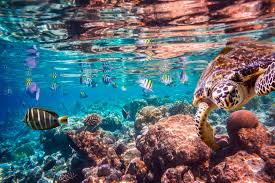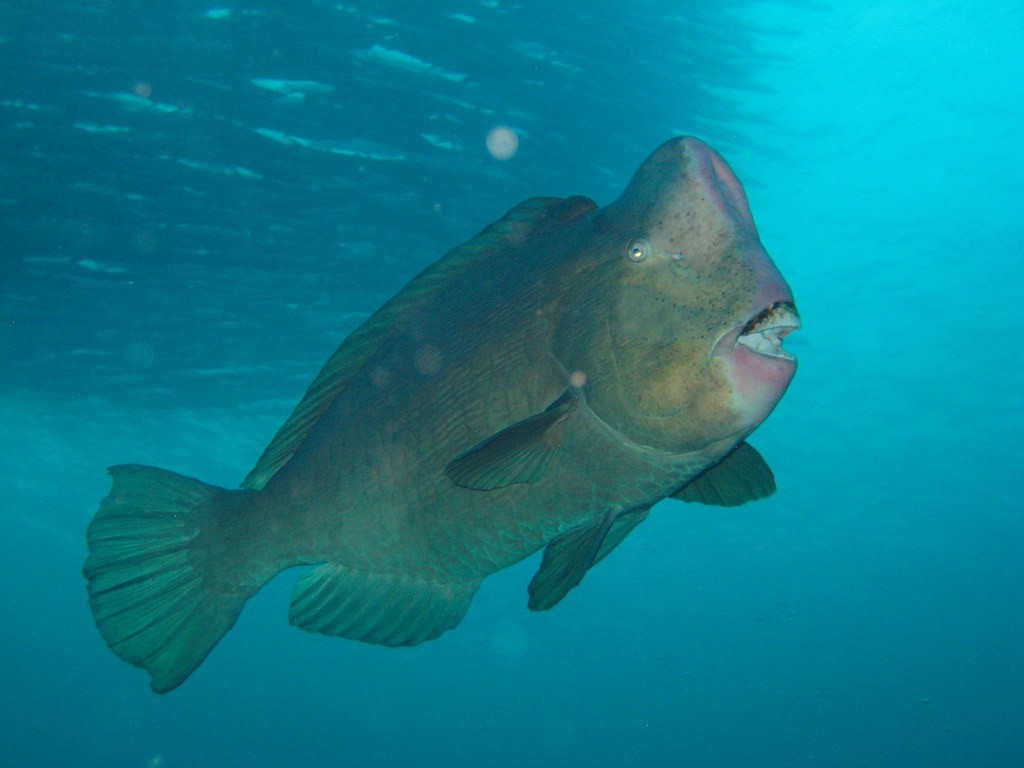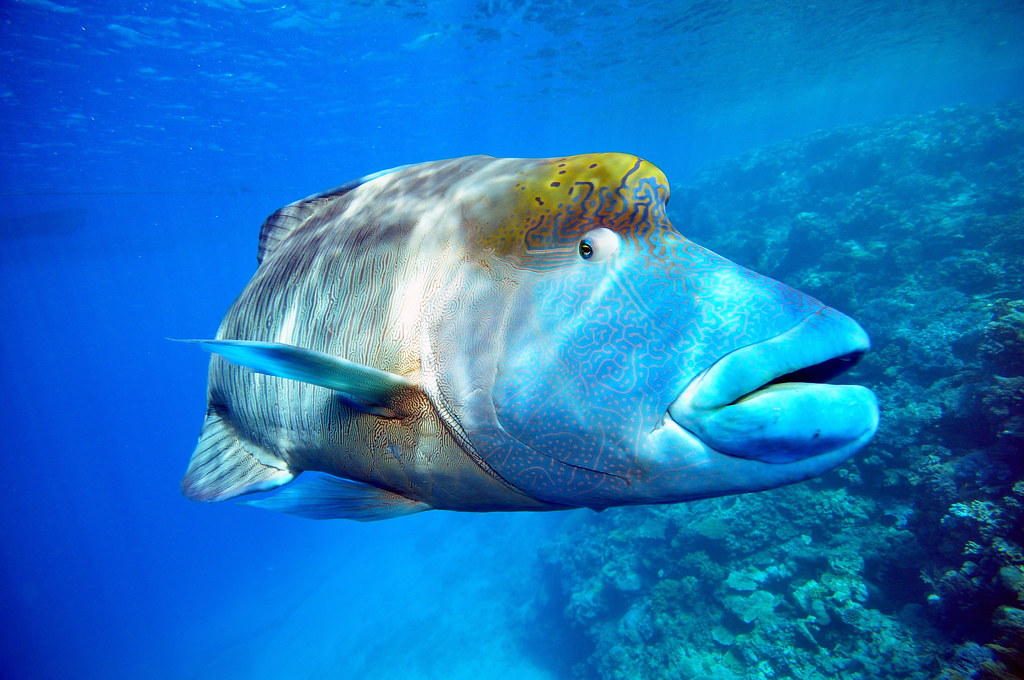aaa Sian ka’an biosphere reserve, Monarch butterfly migration Yucatan Peninsula, Mexico
Hope for corals? Perhaps the end of bleaching?
Coral reefs are really important. While they only cover a small area (under 1% of the earths surface area) they support about 25% of all marine life, including more than 4000 species of fish.

Continue reading “Hope for corals? Perhaps the end of bleaching?”
Australia is risking several of the most pristine marine environments
Australia has an incredible range of wildlife. Indeed, a great number of people visit Australia because of this. From their fascinating land mammals -kangaroos and koalas, as well as many more, to the great barrier reef and the wide array of other sea life.
They also have areas of Australia which are already almost unusable, because the temperature is too high. You would think therefore, that conservation would be a high priority. Unfortunately under the current government that is very much not the case.

From mining projects and farming, wildlife is shown to have low priority. In recent times, a firm was given permission to dump material from dredging inside a marine park (and submerging parts of a coral reef – something that will kill it.
Continue reading “Australia is risking several of the most pristine marine environments”New Australian study on reef in a no fishing zone, shows what can happen when reefs are untouched by humans
The reef in question – The Rowley Shoals, are an isolated archipelago about 260km off Australia’s north west coast.
What was found was incredible. Between its protection from fishing, its location and the shape of the reef it has sustained species long lost elsewhere.
Species of giant fish like humphead Maori wrasse and humphead Parrotfish (both growing to over 1.5m were a regular sight, despite the fact that globally they are threatened with extinction. Of particular excitement, across the long study, there was no discernible change in the quantity of these fish – even as they were seen less and less regularly elsewhere.

Humphead Parrotfish Tchami 
Humphead Wrasse Larry Koester
Efforts must be made to maintain reefs like this, in their unblemished state. These reefs are far more capable of dealing with environmental changes, and hopefully one day there will be a need to reseed reefs in more accessible parts of the world.
